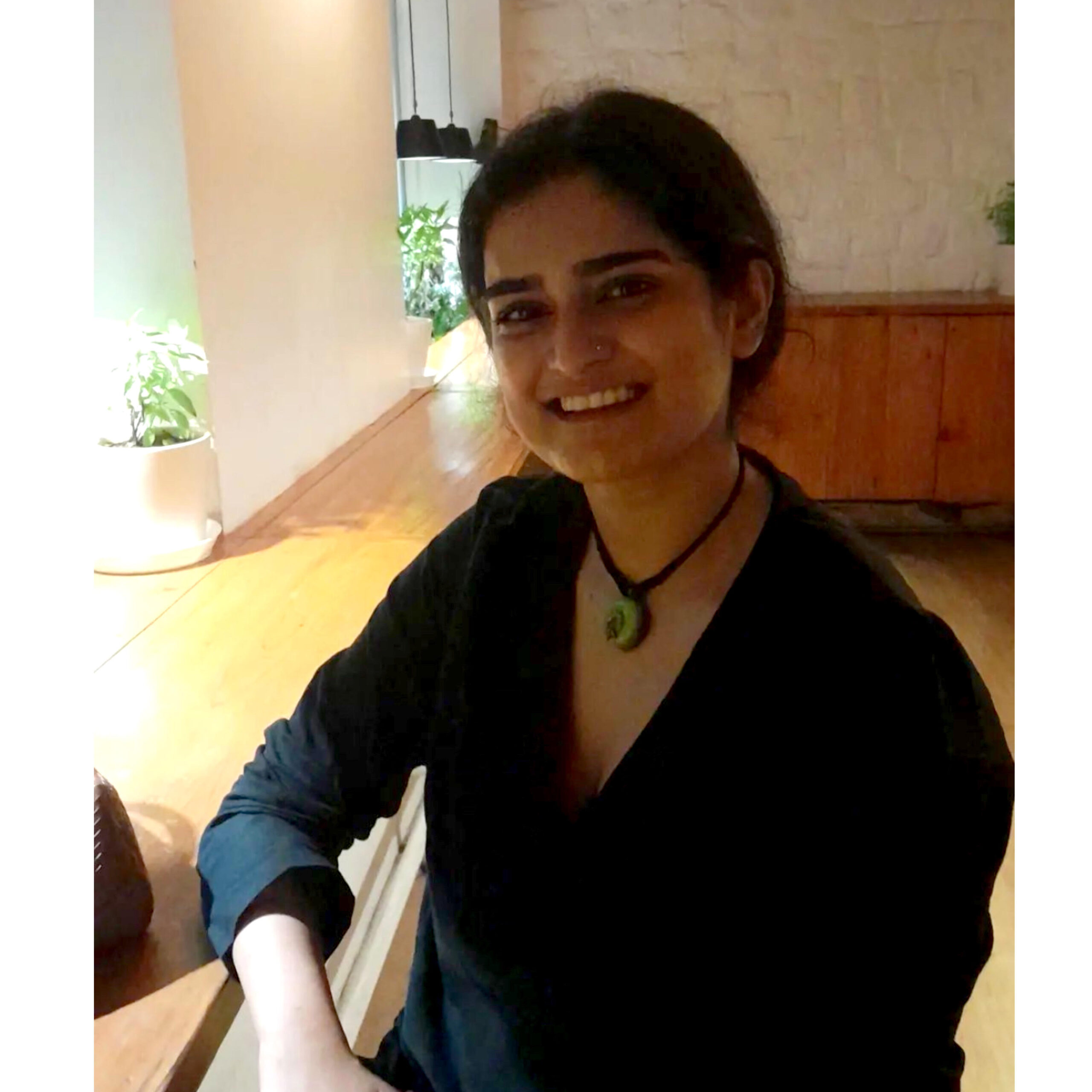My interest in women’s history and urban history stems from my desire to understand the cultural landscape of the city of my birth, Ahmedabad. The city is a mosaic of histories from its Indo-Persianate past to its role in Gandhian civil disobedience. In addition to sharp segregation along religious lines, the visibility of women in public spaces is shaped by caste, class and respectability politics. How do women and other social groups who lie at the margins of this urban imagination nurture a sense of belonging?
I am interested in women’s politicisation and organising as a way of understanding Ahmedabad’s urban history.
I am also interested in the relationship between personal memoirs and the archive in the context of women’s interactions with the city.

